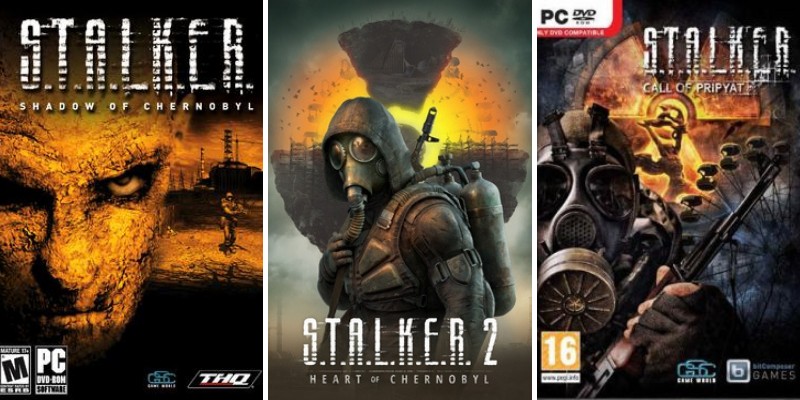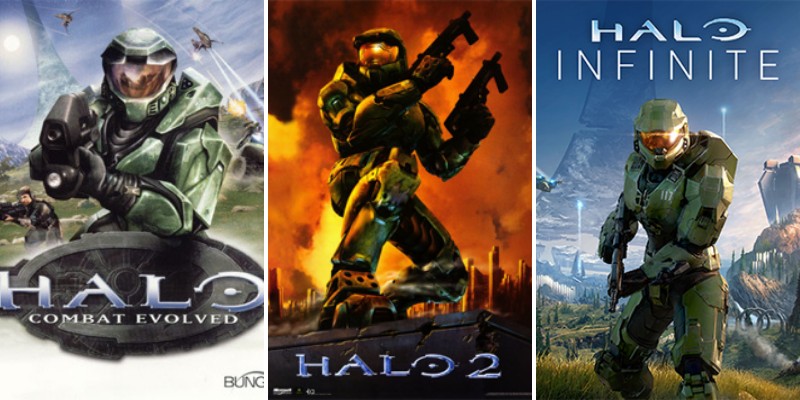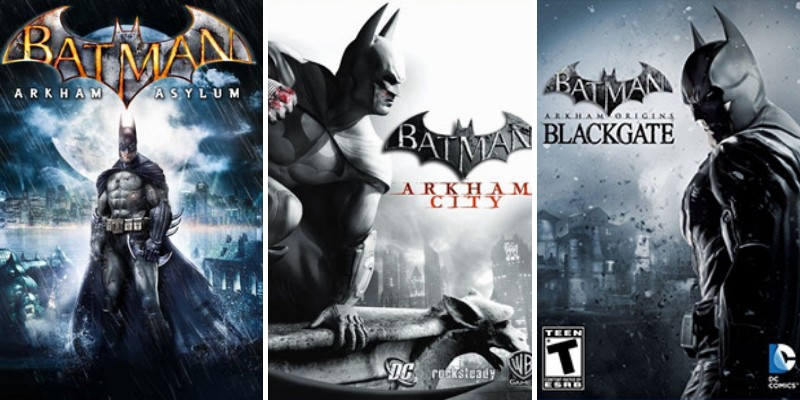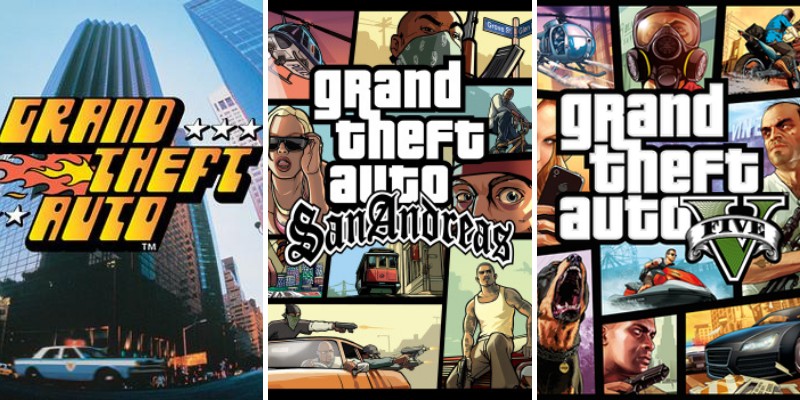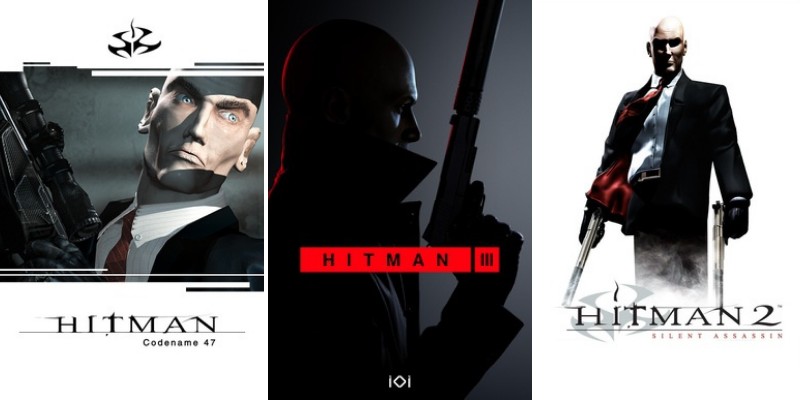Gears of War is, to many, the “other” big sci-fi shooter franchise that’s exclusive to the Xbox consoles.
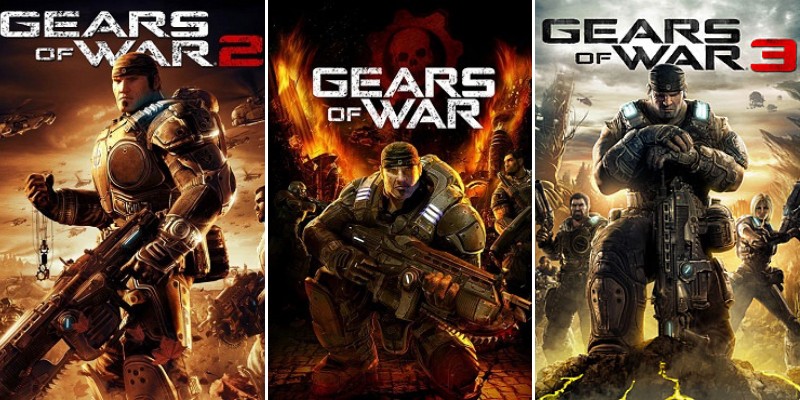
Darker and bloodier than Halo, Gears of War also embraced a kind of tactical gameplay that would come to define many shooters in the years to come.
Before you can really appreciate how far the series has come, though, you need to stop and take a look back at the journey that it has taken players on in the past eighteen years.
The best place to start, as always, is all the way back at the very beginning of the series.
Below we’ll discuss Gears of War games in order of release, so let’s get started.
Gears of War (2006)
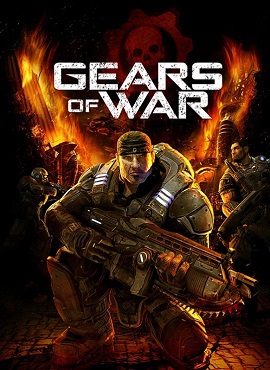
Gears of War was a game-changer for the Xbox 360 in a number of ways. Jumping into the gap between Halo 2 and Halo 3, Gears of War could have been just another shooter.
Though the game had a fairly strong pedigree from Epic Games – a company that was, at the time, best known for games like Unreal Tournament – Gears of War was an unknown quantity that didn’t quite fit the mold of shooters at the time.
Heavily based on moving behind cover and making tactical decisions on the battlefield, it was a game ahead of its time; fortunately, players found something to love in the new title.
Gears of War saw players take control of Marcus Fenix, a military prisoner who is freed from jail in an attempt to help the Coalition of Governments in their last-ditch effort to deal with the underground-dwelling Locust who have almost wiped out humanity from the planet Sera.
The game was notable for both having a fully-realized cooperative campaign as well as for having a four-on-four competitive mode that allowed players to play as COG forces or as the Locust.
Gears of War 2 (2008)
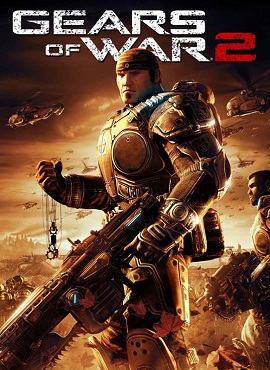
Given the success of Gears of War, it made sense that a sequel would follow the first game.
What few expected, though, was that the sequel would so drastically up the stakes for the series.
While players were more than happy to see Marcus Fenix and Dom Santiago return for another campaign, it was the multiplayer mode that ended up having the greatest overall impact on both the series and on the wider gaming world.
Gears of War 2 followed Marcus, Dom, and Delta Squad as they took their fight to the Locust underground in an attempt to save humanity before the Locust could sink the few remaining human series.
While the game absolutely still reveled in chainsaw kills and over-the-top violence, it also began to humanize the characters to a degree that would resonate for the remainder of the series.
In addition to the traditional competitive mode, Gears of War 2 also included a new mode: Horde.
In this mode, players would fight cooperatively against wave after wave of AI controlled Locust.
This wasn’t the first mode of its sort, but the popularity of the mode both helped to cement the game as a classic and to make Horde mode a very popular mode in several other games.
Gears of War 3 (2011)
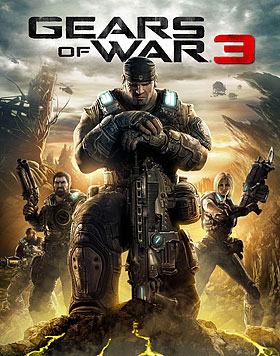
Much as Halo 3 seemed to close out Master Chief’s saga, Gears of War 3 seemed meant to close out the saga of Delta Squadron.
The game itself was bleaker but more colorful, with many of the same high points reached in terms of both violence and visuals as the first two games.
What really set this one apart, though, was an attempt to tell an emotional story as the plot continued to move forward.
Gears of War 3 saw the remains of Delta Squad adrift as humanity had more or less fallen.
The game leans heavily on the player’s knowledge of what’s come before, with many of the big moments coming from reveals about character backstories and the deaths of beloved characters.
The game also features the series’ first real story-based DLC, RAAM’s Shadow, which takes players back to a time before the first Gears game and allows players the chance to take on the role of a major antagonist from the first game.
Gears of War: Judgment (2013)
With Gears of War 3 wrapping up Delta Squad’s story, it was time to move on. With Epic now moving on from the franchise itself, People Can Fly was now in the driver’s seat of the Gears universe.
The first real step that the team took was not to expand the universe of the games, but rather to go back and to fill in some important blanks in order for players to better understand how the world of Sera worked before the invasion of the Locust and the imprisonment of Marcus Fenix.
Judgment takes place as a series of flashbacks as Kilo Squadron is on trial for the use of a weapon of mass destruction.
The bulk of the game takes place on and around Emergence Day, the day that the Locust first went to war with humanity.
The game follows Damon Baird and his allies as they attempt to stop the Locust threat. A second storyline, called Aftermath, follows Baird during the events of Gears of War 3 as they are on the way to help the remnants of humanity.
Though generally well-liked by Gears fans, this game didn’t perform terribly well and seemed like it might end the series.
Gears of War: Ultimate Edition (2015)
The resurrection of the Gears of Wars series wouldn’t come in the form of a sequel, but rather in the form of a remake.
2015’s Ultimate Edition, developed by The Coalition, was a remake of the original game. Not only did the new version feature upgraded visuals, but it also brought in a handful of mechanics from the later games in the series.
This, along with the inclusion of the extra chapters included in the PC version of the original game, helped the Ultimate Edition to truly become the ultimate edition of Gears of War.
Though it only made a handful of changes to the Gears formula, they were enough to prove that the series was still relevant.
Gears of War 4 (2016)
Gears of War 4 is the first entry in the series not to be made by Epic of People Can Fly, and to a degree that shows.
It’s a radical departure for the series in many ways, both in terms of the story and presentation.
A great deal of what has made the Gears of War series so special was still there in this entry, and fans of the series generally tended to enjoy the title. With that said, though, Gears of War 4 felt like it was a game that was taking tentative steps into a broader world.
Taking place years after Gears of War 4, the game put players in the shoes of Marcus’ son J.D.. Rather than being a soldier for the COG, J.D. and his friend Del were fighting with the Outcast, a group that opposed the tyrannical government of the COG.
The gameplay in this iteration of the series was very similar to what was seen before, but it often felt like the story was the primary driver rather than the gameplay. Coupled with a solid multiplayer mode that largely brought back the greatest hits of the series, Gears of War 4 was a good step back into the limelight for the series.
Gears 5 (2019)
Gears 5 is the latest mainline entry in the series and one that absolutely changes the way that the world of Sera worked.
For the first time, players would not only take on the role of someone outside of the Fenix family in a main story mission, but they would also get to spend a little more time getting into the background of some of the long-lingering story threads in the game.
Gears 5 was one of the first big releases on Microsoft’s Xbox Series X platform and it’s managed to be something of a flagship shooter for the new generation of consoles.
Gears 5 sees players take on the role of Kait Diaz, a character from Gears 4, as she and Del search for more information about her missing mother and the secrets behind the mysterious Swarm.
In doing so, they learn much more about both the secrets of the COG as well as some of the origins of the Lambent and even the Locust.
The game is more of an open-world game than Gears games before it, but much of the gameplay is still the same.
The multiplayer modes for Gears 5 have gotten a tremendous amount of support from Microsoft, making them some of the best that the series has ever seen.
Gears Tactics (2020)
Gears Tactics is definitely an interesting entry in the series. Rather than being a third-person shooter, it’s a squad-based tactical game in the vein of X-Com.
Taking place a year after Emergence Day, this game actually fills in a great deal of Kait Diaz’s backstory and fleshes out the personalities of both of her parents.
Possibly setting up the next entry in the main series, this game definitely feels like it was made for hardcore fans of Gears.
Image Credits
May be found at the following website: Official Gears of War website, Fair use, https://en.wikipedia.org/w/index.php?curid=47003870
May be found at the following website: Official Gears of War website, Fair use, https://en.wikipedia.org/w/index.php?curid=15867413
By VG 247, Fair use, https://en.wikipedia.org/w/index.php?curid=31000536
